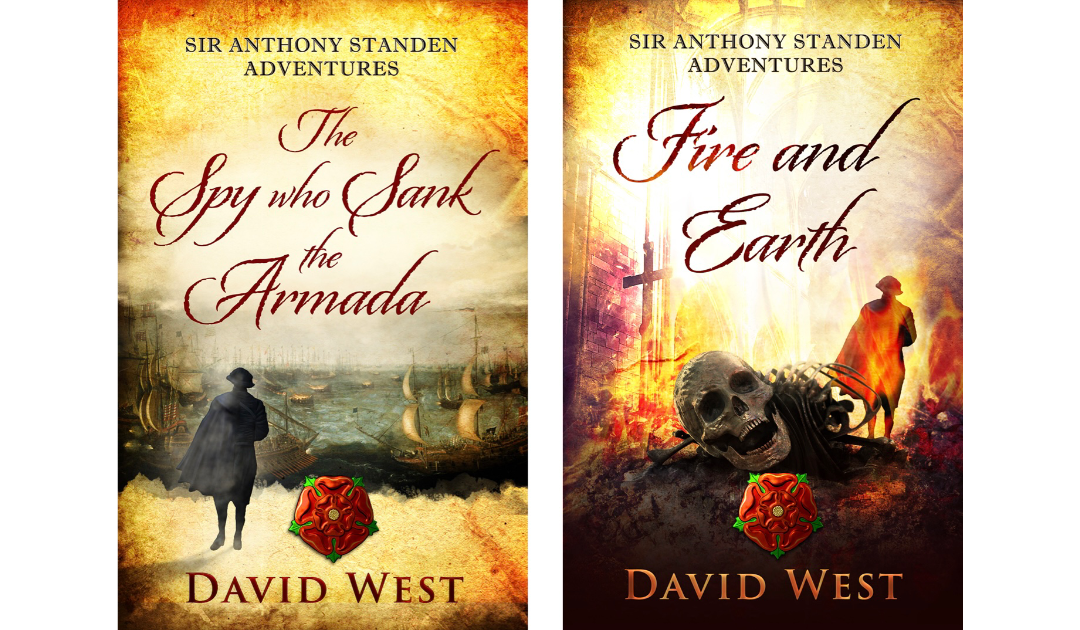One of our friends picked up a copy of Fire and Earth from my stall at our village Christmas fete. She opened it and said, “oh a prologue! The ladies in our reading group don’t like prologues!” The wonderful Frankie Howard always started his TV comedy Up Pompeii with “the prologue”. So what’s wrong with them?
Tiffany Yates Martin offers some great advice about prologues on her website. She also points out that J.R.R. Tolkien wrote a four part prologue to The Fellowship of the Ring. Tiffany goes on to point out that many whodunnits start with the murder before proceeding to the investigation. Prologues provide backstory that you can’t weave into the body of the story itself.
In Fire and Earth, the second book in the Sir Anthony Standen Adventures, my prologue hooks the reader with the first of the murders, in a shocking way. It was my way of starting “in media res”, in the middle of the action. It’s a two part book, and chapter one could be considered as the prologue to part two. Readers have given it some great reviews, so I guess it works.
Another friend of ours read the second draft of The Spy who Sank the Armada and said that she didn’t really get engaged until Sir Anthony got beaten up. I could see her point, so the next draft involved some time shifts to engage the reader from the beginning. The Suggested Assassin doesn’t have a prologue, but Called to Account does. It’s only four pages of essential backstory, and then gets straight into the action. It has the best ratings in the series so far, at 4.6 stars, so I guess it works. Tiffany’s advice seems to be that if you need a prologue, keep it short and engaging. I promise my readers that I will try.

